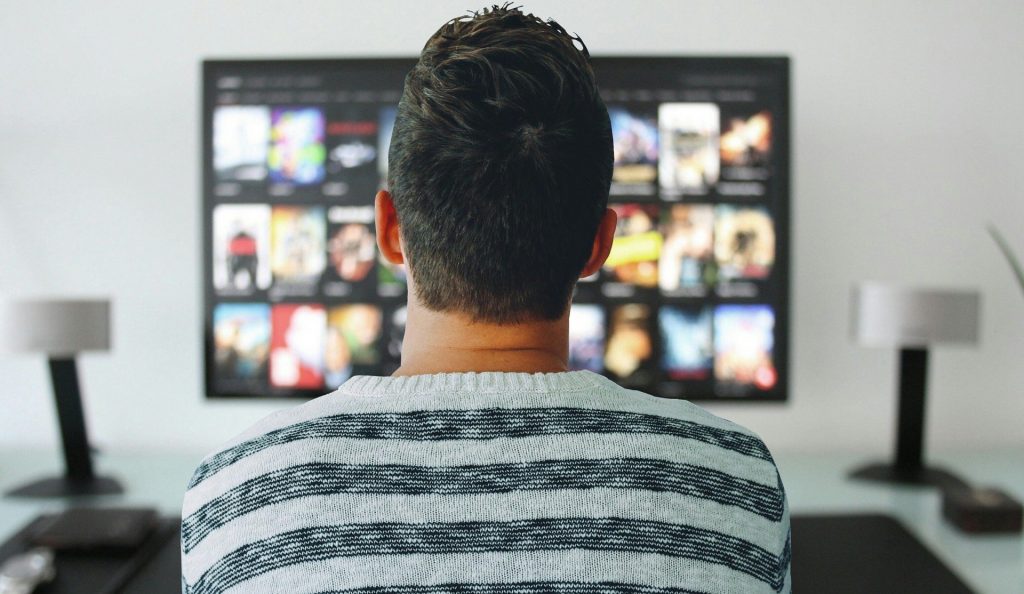
After more than 35 years of operation, TBI is closing its doors and our website will no longer be updated daily. Thank you for all of your support.
TBI Tech & Analysis: What will Covid-19 mean for AVOD, SVOD & pay TV?
Broadcasters and streamers are preparing for a deluge in viewing as country-wide lockdowns across Europe and beyond come into force, leaving captive audiences at home. Maria Rua Aguete, exec director at analyst giant and TBI sibling Omdia, explores what might play out.
Italy, Spain, France and Germany have all suffered most heavily from Covid-19 in Europe, according to the latest data from the World Health Organisation (WHO).
TV viewing has also increased in those countries as people spend more time at home due to the spread of the virus and as the implementation of measures to contain it begin to be felt. At the same time, differences in viewing preferences mean multiple devices and screens are being used simultaneously in-home to appease viewers.
It adds up to more potential content consumption, but what are the implications on different parts of the business?
Free could be the magic number
In-home viewing of free content will increase as households battle economic and financial hardship, with free-to-air TV broadcasters experiencing greater adoption of their catch-up TV services as users seek out new catalogue content.
AVOD players such as Tubi and Pluto, which both have large content libraries, have experienced a rise in viewing but it’s not just about the audiences. Ad-supported streamers can also attract brands looking to increase their digital spends, offering services such as food delivery, for example.
However, brands also cut discretionary ad spend because of economic woes, especially where product supply is unable to fulfil demand.
The potential cancellation of the 2020 Tokyo Olympic Games, Euro 2020 and other live sports could further impact TV ad revenue, with travel companies delaying their springtime campaigns. This will all affect the longer term ad-supported side of TV and its programming requirements.
Streaming likely up but pay TV to pare down
We expect higher take-up from streaming services such as Netflix, Amazon and Disney+, the latter of which arrives in Europe just in time to entertain all those families locked at home desperate for new content. Sports-focused OTT are at risk from a loss of revenue though because of the cancellation of major events – a point driven home by Viaplay’s recent warning around the risks to its “profitable growth”.
Demand for information, news and talk show content is increasing as workers shift to remote, decentralised environments, and demand for children’s programming will grow as school closures proliferate.
We are expecting some ‘cord-shaving’ as pay TV customers cancel costly channels and use add-ons in favour of less expensive packages. There will likely be fewer new subscribers too, prompted by economic fears and a reluctance among consumers to let installers into their homes, creating further barriers to new additions.
Bundling will help to get new products in front of potential customers and new, reduced price deals may find favour with price-sensitive subscribers, while there will likely be an increase in promotions.
Telco operators, meanwhile, will focus on infrastructure upgrades to meet the increase in demand for broadband services but they might face setbacks with technicians making house calls. Operators are already asking households not to use all the bandwidth to stream video and play games during working hours, where that bandwidth will be needed. Speed upgrades will see an uptick as more users at home require more bandwidth and unlimited data usage.
Production conundrum & next steps
A major problem for the industry in this new world is how to produce new content.
The current issues for production companies during the Covid-19 outbreak are more immediate than much of the rest of the business because the ability to produce programming has already been directly affected, with both talent and facilities becoming unavailable.
This is a major issue for producers and broadcasters, which will have to rely on all libraries to satisfy content demand while streaming services will be able to license old catalogue material to beef-up their respective content line-ups.
These conditions are creating an unprecedented set of circumstances for the sector, as companies look to navigate increasingly choppy waters. We are expecting that the next steps for TV companies will include:
- Ramping up children, family and news TV content sourcing and creation
- Replace live reality, sports and other event content with previous season replays
- Invest in and develop AVOD catch-up TV services
- License old catalogue to beef-up content line-up for catch-up services
- Promote lite virtual pay-TV packages for price sensitive subscribers
- Introduce flexible bring your own device (BYOD) plans to avoid the necessity of installer visits
- Facilitate self-installation via mail-out of set-top boxes and creation of instructional videos
- Facilitating better content navigation, improving and updating electronic programming guide (EPG)
- Launch/Promote flexible advertising campaign packages
- Embrace new technologies, such as virtual crowds/crowd simulation for live no-crowd sports
- Replace live sports content with previous season replays
- Communicate with hardware vendors to understand impact on supply chain
Maria Dolores Rua Aguete is executive director of consumer research for media & entertainment at Omdia, which combines Informa Tech’s market leading analyst houses, Ovum, Heavy Reading, Tractica and IHS Markit.



